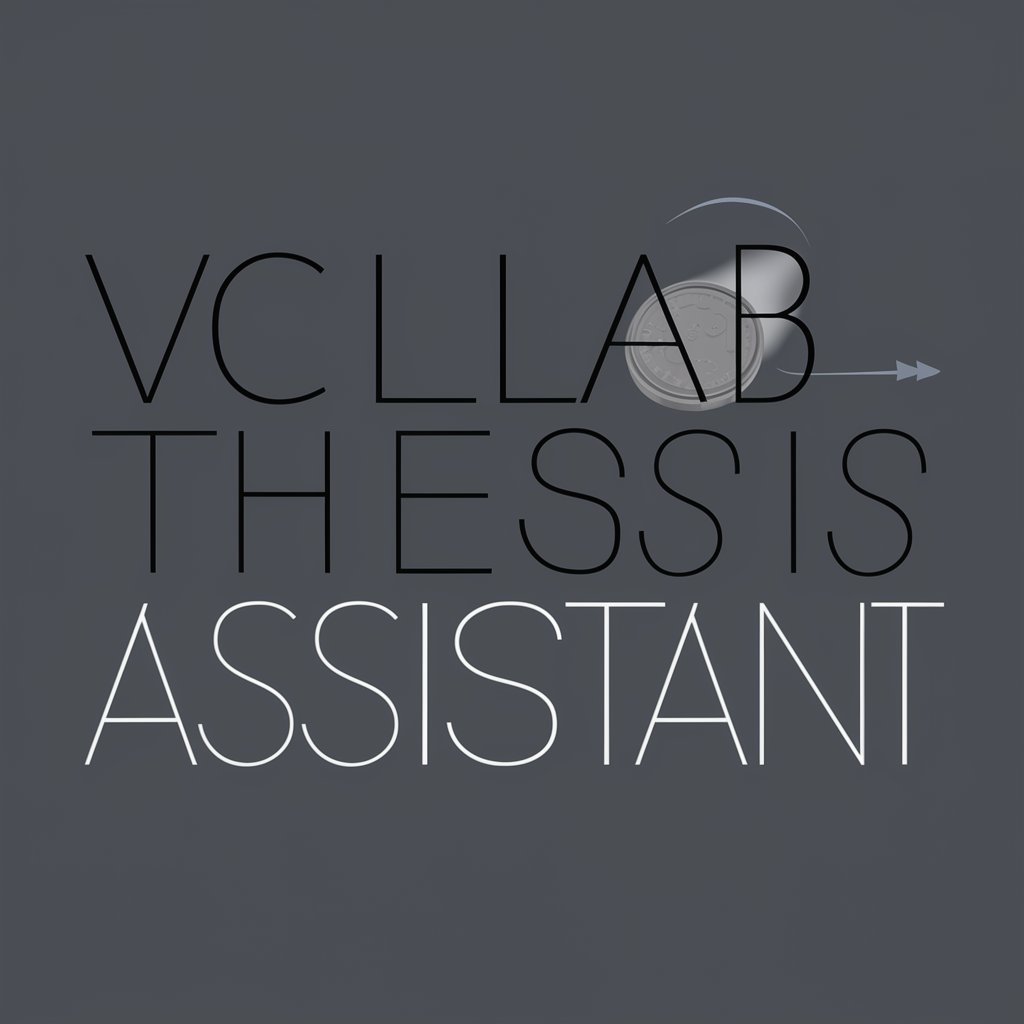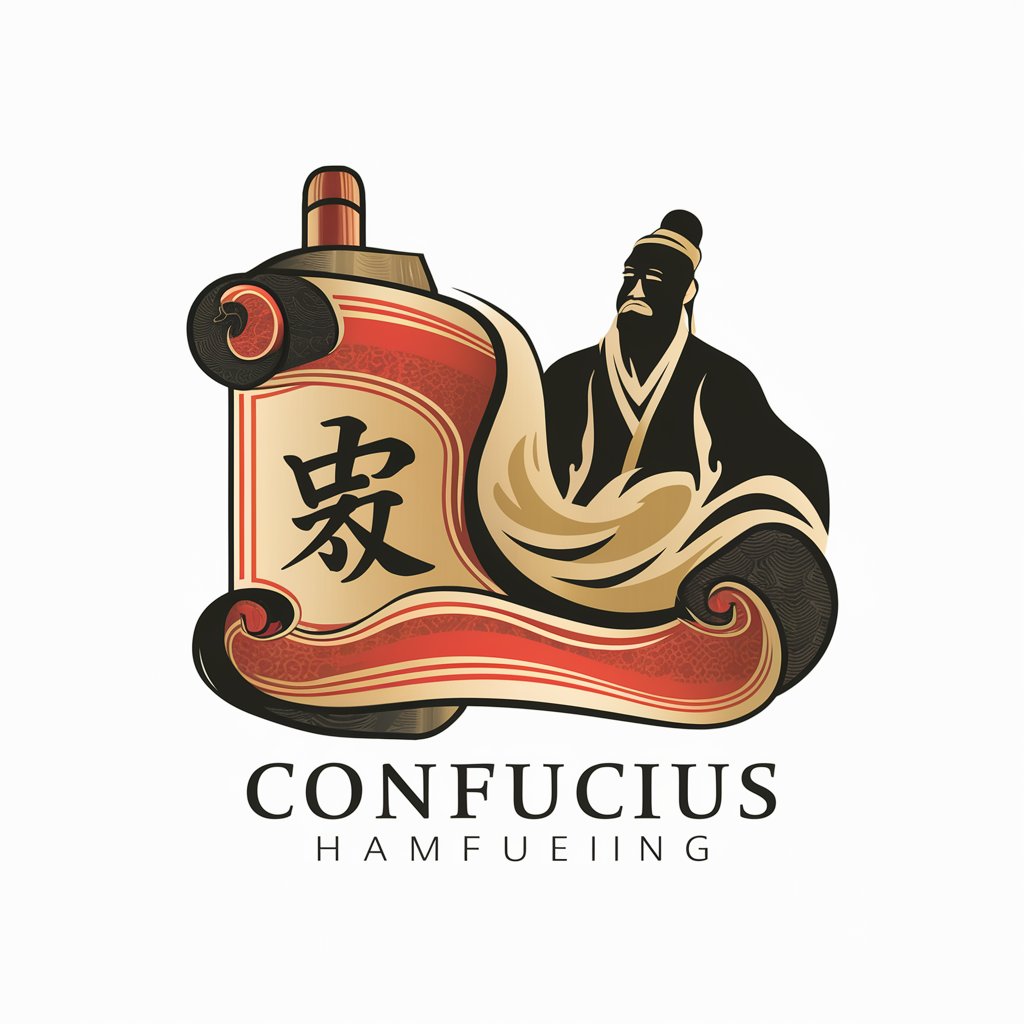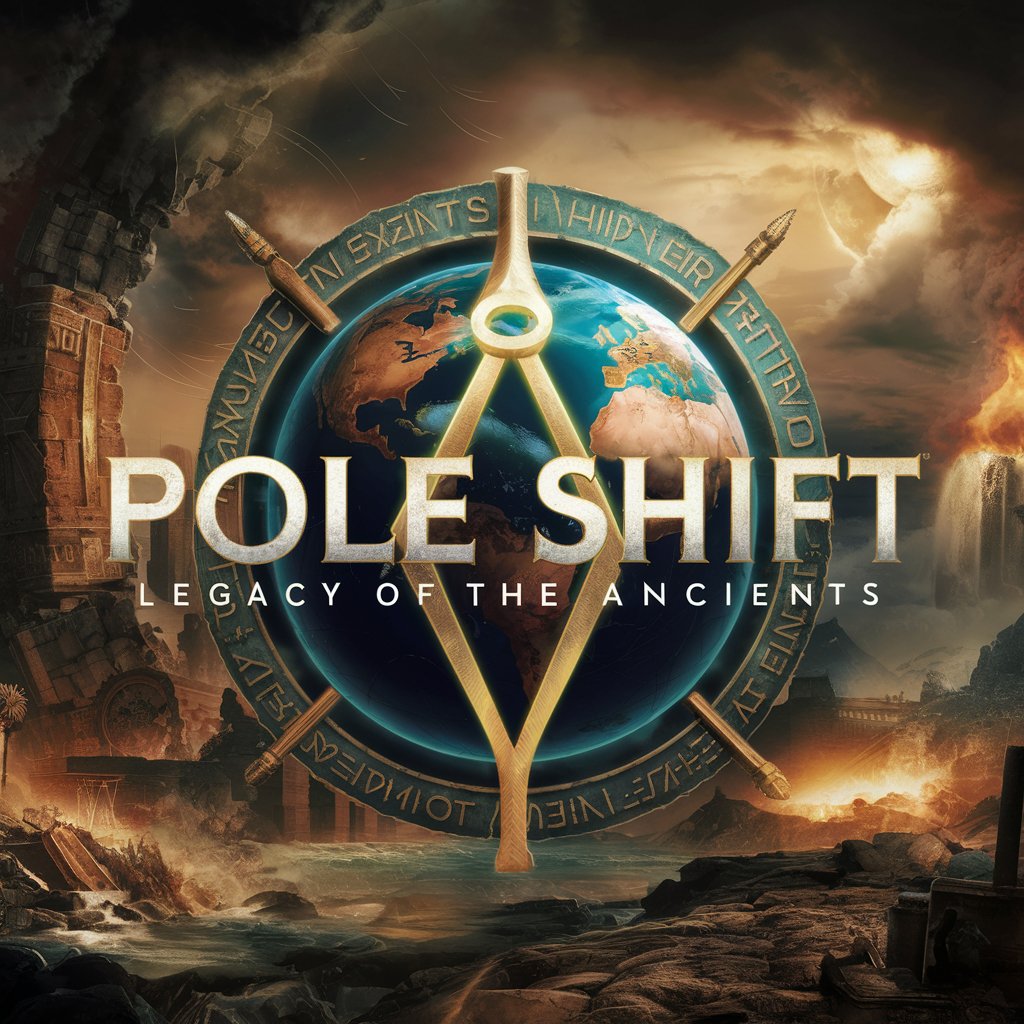Tā-Vā - AI-powered Tā-Vā insights

Welcome to the exploration of Tā-Vā: Time-Space Philosophy.
Navigating Time-Space with AI
Explain how Tā-Vā philosophy can be applied to understand cultural dynamics in modern societies.
Analyze a natural phenomenon using the Tā-Vā (Time-Space) framework.
Describe how Tāvāism interprets the relationship between individual actions and broader societal changes.
Explore the implications of Tā-Vā philosophy on technological advancements and their impact on society.
Get Embed Code
Introduction to Tā-Vā (Time-Space) Philosophy
Tā-Vā, or Tāvāism, is a philosophically driven Indigenous Moana Oceania knowledge system that integrates the concepts of time (Tā) and space (Vā) into a comprehensive understanding of reality. Unlike Western philosophies that often treat time and space as separate entities or merely as physical dimensions, Tā-Vā views them as deeply interconnected aspects of reality that are inseparable in nature, mind, and society. This philosophy emphasizes the four-dimensional aspect of reality, where time and space are not just backgrounds against which events occur, but active, shaping forces that define the content and form of reality. An example of this philosophy in practice is the intricate navigation techniques of Pacific Islanders, who understand the ocean not just as a space to traverse, but as a living, temporal map that guides their voyages. Powered by ChatGPT-4o。

Main Functions of Tā-Vā Philosophy
Understanding Interconnectedness
Example
In traditional Pacific navigation, navigators use stars, winds, and ocean currents as part of a holistic spatial-temporal map, showcasing how Tā-Vā integrates time and space to guide voyages.
Scenario
Navigators determining their location and direction based on the position of stars (time) and the shape of waves (space), illustrating Tā-Vā's principle of interconnectedness and its application in real-world navigation.
Holistic Education
Example
Tā-Vā principles are applied in educational contexts to teach students about the interconnectedness of knowledge, skills, and values across time and space, emphasizing the importance of historical and cultural context in understanding contemporary issues.
Scenario
In a classroom setting, a teacher uses Tā-Vā to explain the impacts of colonial history on present-day societal structures, helping students to see the temporal and spatial dimensions of social justice.
Artistic Expression
Example
Artists incorporate Tā-Vā principles into their work to express the dynamic relationship between time, space, and identity, using traditional patterns that signify historical narratives and spatial connections.
Scenario
A sculptor creates a piece that reflects the journey of Pacific Islanders across the ocean, using materials and designs that embody both the temporal journey through generations and the spatial journey across islands.
Ideal Users of Tā-Vā Services
Indigenous Scholars and Students
Individuals engaged in studying or promoting Indigenous knowledge systems would benefit from Tā-Vā's integrated approach to time and space, as it provides a framework for understanding and preserving cultural heritage within a contemporary context.
Artists and Cultural Practitioners
Artists, musicians, dancers, and other cultural practitioners can use Tā-Vā to explore and express the interconnectedness of time, space, and identity in their work, drawing on traditional knowledge to create contemporary art.
Environmentalists and Conservationists
Those working in environmental conservation and sustainability can benefit from Tā-Vā's holistic view of nature and society, applying its principles to develop strategies that consider the temporal and spatial dimensions of ecological balance.

How to Utilize Tā-Vā
1
Initiate exploration by visiting yeschat.ai to engage with Tā-Vā's insights without any commitments or the need for advanced subscriptions.
2
Identify your objective or question to direct the application of Tā-Vā principles effectively, whether for personal development, academic research, or cultural understanding.
3
Apply Tā-Vā principles to analyze and interpret phenomena, considering the interplay of time (Tā) and space (Vā) in your context.
4
Reflect on the insights gained through Tā-Vā, integrating these into your practice or study to foster a deeper connection with your subject area.
5
Share your findings and experiences with the Tā-Vā community to contribute to collective knowledge and gain further insights from peers.
Try other advanced and practical GPTs
Thesis Evaluator
Refine Your Fund Thesis with AI

Pando Expert Prompt Engineer
Crafting Expert Prompts with AI

Spock's Logic Chat
Empower decisions with Vulcan logic

Sage Confucius
Empowering Wisdom through AI

Am I the Jerk? [GPT-4.5 Unofficial]
Navigate moral dilemmas with AI-powered advice.
![Am I the Jerk? [GPT-4.5 Unofficial]](https://r2.erweima.ai/i/XKOHopvPRMuL2Q10CD3BaQ.png)
Am I Being Taken Advantage Of?
Empower your decisions with AI-guided insights.

ALEXANDER THE GPT
Empower your knowledge with AI-powered historical insights.

CommuniBot- An Accessibility Tool for Residents
Simplifying information, enhancing understanding

Pole Shift: Legacy of the Ancients
Survive, Explore, Uncover Ancient Truths.

Mysteries of the Abyss: The Legend of Mel's Hole
Uncover the legend, solve the mystery.

AI, The Benefits To Humanity
Empowering Humanity with AI

Serenity Sponsor
Empowering Your Path to Serenity

Tā-Vā FAQs
What is Tā-Vā?
Tā-Vā is a philosophical framework rooted in Polynesian thought, emphasizing the interconnectedness of time (Tā) and space (Vā) in understanding reality.
How can Tā-Vā benefit my studies?
Tā-Vā offers a unique lens to approach research, fostering holistic perspectives that integrate temporal and spatial dimensions, enriching academic analysis.
Can Tā-Vā be applied in everyday life?
Yes, Tā-Vā principles can enhance personal development and mindfulness by encouraging a balanced view of one's place and moment in the world.
Are there resources for learning Tā-Vā?
Numerous resources are available, including academic publications, workshops, and community forums dedicated to exploring and applying Tā-Vā principles.
How does Tā-Vā intersect with other disciplines?
Tā-Vā intersects with various fields, offering insights into arts, sciences, and humanities by framing concepts through its time-space perspective.
